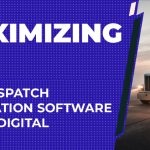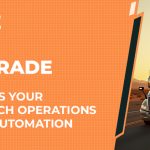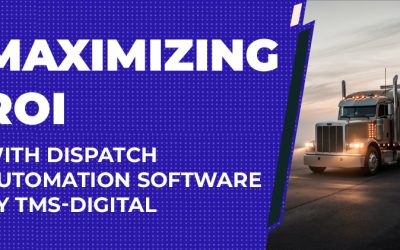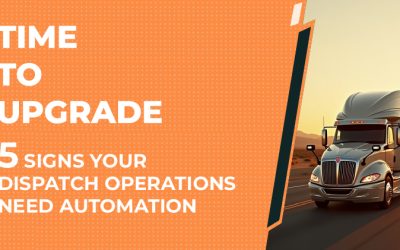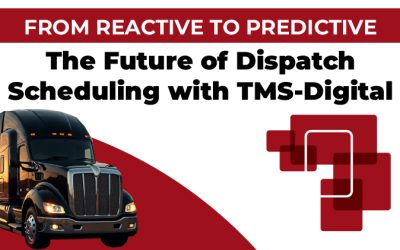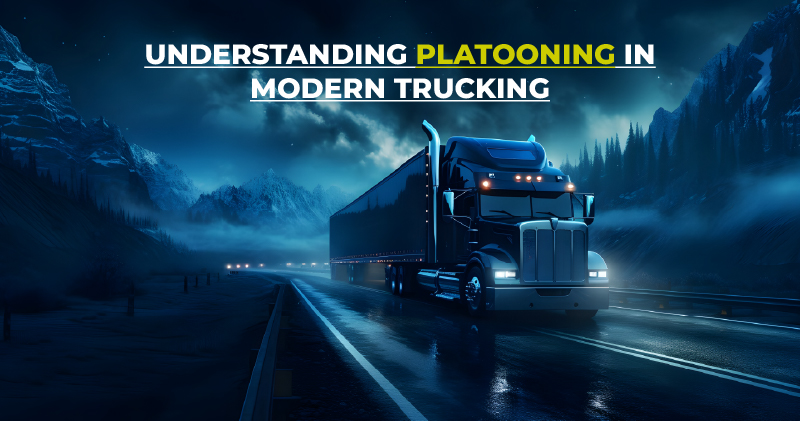
In the ever-evolving landscape of transportation and logistics, technological advancements continue to reshape traditional practices. One such innovation making waves is truck platooning—a concept that promises to enhance efficiency, reduce emissions, and improve overall safety in long-haul trucking operations. As we delve into the intricacies of platooning, we’ll be understanding platooning in modern trucking, explore its mechanics, benefits, challenges, and the future it holds for the industry.
What is Platooning?
Platooning involves a convoy of trucks operating in close succession, coordinated by advanced technologies such as telematics and automated driving systems. These technologies enable trucks to communicate with each other, maintaining optimal spacing and speed without constant input from human drivers. Essentially, it turns a group of trucks into a cohesive unit, moving in sync down the highways and byways of the nation.
At its core, platooning leverages vehicle-to-vehicle (V2V) communication to achieve several key objectives. By reducing the distance between trucks—often as close as 30 to 50 feet—platooning significantly decreases aerodynamic drag. This aerodynamic efficiency translates directly into fuel savings, with studies showing potential reductions in fuel consumption by up to 10% for the trailing vehicles and around 4.5% for the lead truck, depending on conditions and terrain.
Benefits of Platooning
-
Fuel Efficiency and Emissions Reduction
The primary allure of platooning lies in its potential to slash fuel costs and reduce carbon footprints. The streamlined convoy cuts through air resistance more efficiently than individual trucks, optimizing fuel usage across the fleet. For companies like ours at TMS-Digital, a leading Transportation Management System (TMS) provider in the US, these savings are not just theoretical but represent tangible operational efficiencies that benefit our clients and the environment alike.
-
Safety Advantages
Contrary to initial concerns about safety, platooning is designed with rigorous safety protocols. The close communication between trucks ensures synchronized braking and acceleration, reducing the risk of accidents caused by sudden stops or unexpected maneuvers. Furthermore, by maintaining a consistent and predictable formation on the road, platooning enhances overall traffic safety for other vehicles.
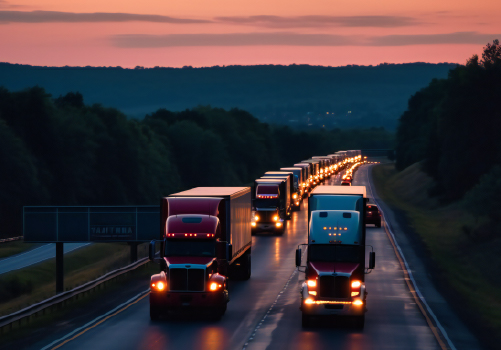 Challenges and Considerations
Challenges and Considerations
While promising, the adoption of platooning technology is not without its challenges:
-
Technological Hurdles
Reliability and robustness of communication systems between trucks are paramount. Any lapse in connectivity or malfunction in automated systems could potentially disrupt the entire convoy. Moreover, integrating these technologies with existing infrastructure and ensuring compatibility across different manufacturers’ vehicles pose significant challenges.
-
Operational Readiness
The successful implementation of platooning requires trained personnel capable of managing and overseeing these advanced systems. Driver training programs must evolve to include familiarity with automated driving features and emergency protocols specific to platooning operations.
Future Outlook
Looking ahead, the future of platooning appears promising, albeit with ongoing developments and refinements. As autonomous driving technology continues to evolve, so too will the capabilities and applications of platooning in logistics. Industries like ours at TMS-Digital are at the forefront of integrating these innovations into our service offerings, ensuring that our clients benefit from the latest advancements in transportation management.
Conclusion
In conclusion, platooning represents a paradigm shift in the trucking industry, harnessing technology to optimize efficiency, improve safety, and reduce environmental impact. While challenges remain, the potential benefits—both economic and ecological—are too compelling to ignore. As a leading TMS provider, TMS-Digital remains committed to embracing these advancements and supporting our clients in navigating the evolving landscape of logistics.
Platooning is not just a concept but a transformative force reshaping the way goods are transported across the country. Embracing these advancements is not only beneficial for businesses but also essential for building a more sustainable and efficient logistics infrastructure for the future.
Curious about how TMS-Digital can help your business thrive in the era of technological innovation? Contact us today to learn more about our comprehensive transportation management solutions and how we integrate cutting-edge technologies like platooning to drive efficiency and sustainability. Stay informed, stay connected, and join us on the journey towards a smarter, greener future in logistics.



